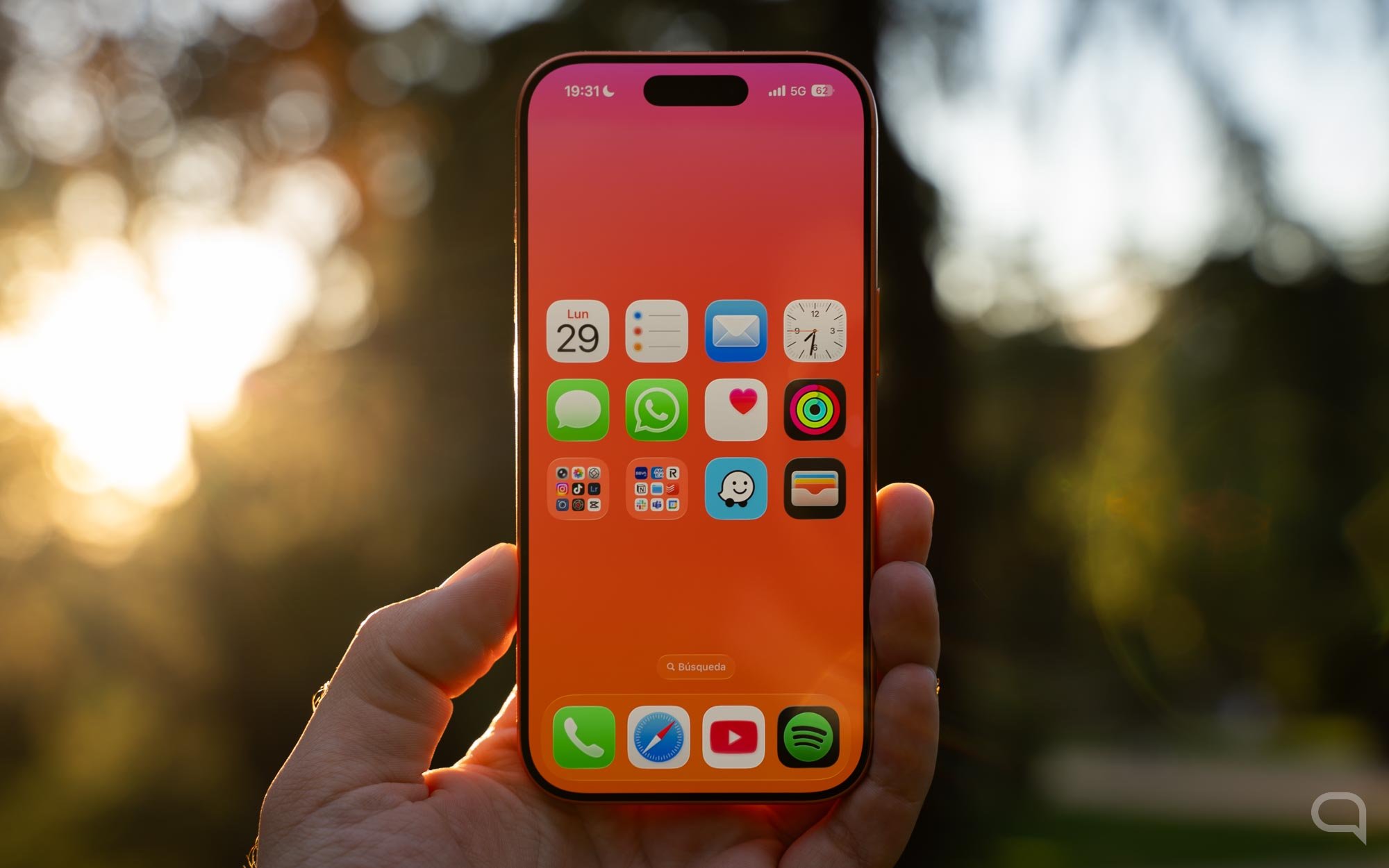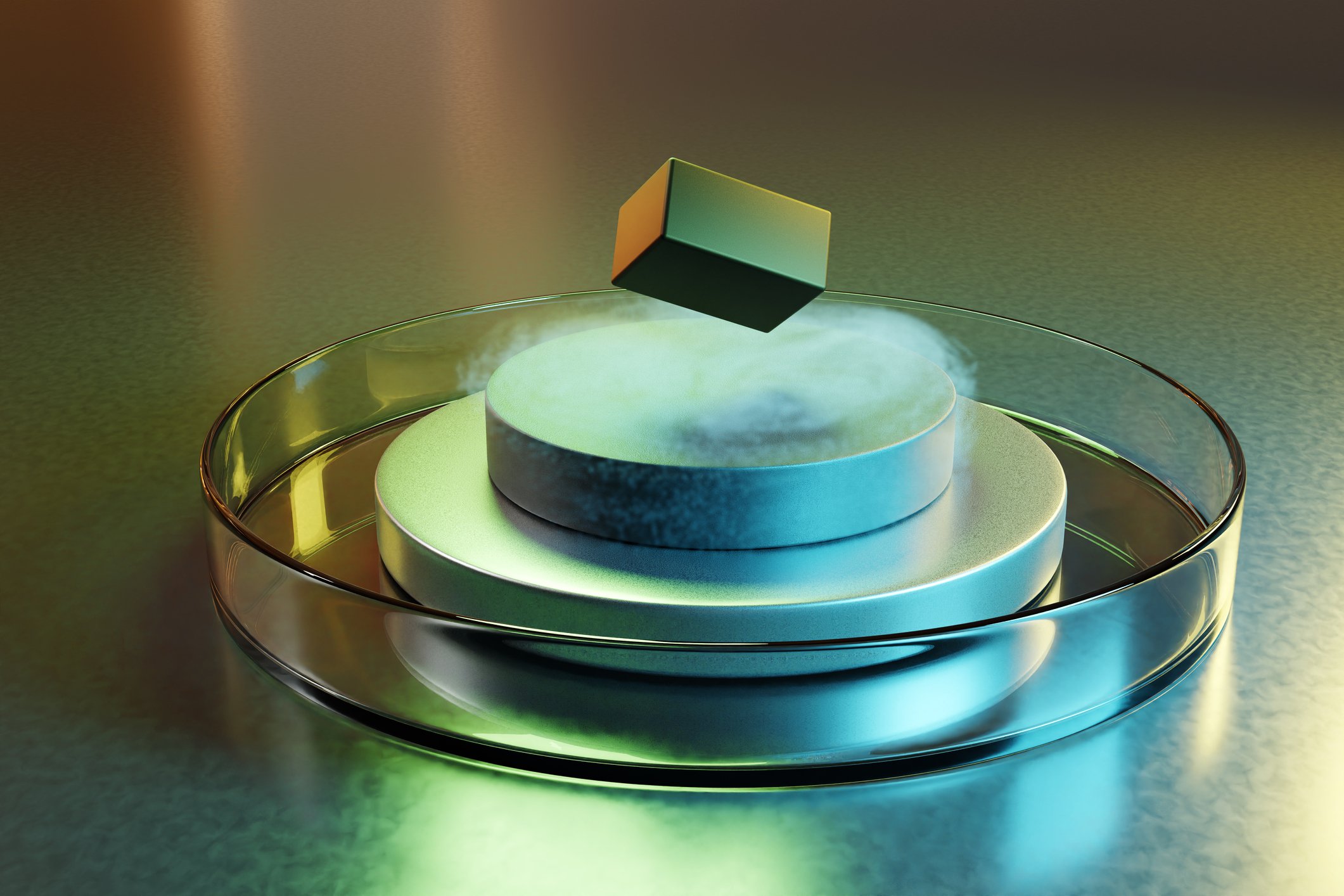Two recently published articles promises to revolutionize room-temperature superconductivity It is the “holy grail” that scientists seek for the potentially revolutionary applications the technology can offer in the fields of energy efficiency, power transmission, magnetic levitation, medicine and other applications. In both studies, graphene is used as raw material.
The first of these, published in the journal Advanced Quantum Technologies, led the research carried out by scientists from the American technology company Terra Quantum, Universidade Estadual de Campinas, University of Perugia and SwissScientific Technologies. Here, the team observed signs of superconductivity in a substance called highly oriented pyrolytic graphite (HOPG). Obtained by the combination of adhesive tape and quantum mechanics.
In the second article published in the journal NatureResearchers at the Georgia Institute of Technology in Atlanta, USA, announced the creation of the world’s first functional graphene-based semiconductor, It could serve as a prototype for the development of conventional and quantum computer chips in the future.
Graphene and adhesive tape: a new bet on superconductivity
The answer to the mystery of room temperature superconductivity is not on the tip of your tongue, but on the tip of your pen. Graphite shows promise in synthetic form known as highly directed pyrolytic graphiteThe crystallites of the substance formed by carbon atoms align with each other, forming extremely small angles.
The research team, led by Professor Yakov Kopelevich from Brazil’s Unicamp, used adhesive tape to separate this particular graphite into thin sheets covered with dense wrinkles in almost parallel lines. And it was this wrinkle geometry that allowed electrons to couple into structures that aid the flow of superconducting currents.
According to the authors, the mechanism that leads to superconductivity across these “one-dimensional defects” is the effective topology that allows electrons to organize themselves into Cooper pairs. This event causes these particles to interact and eventually bond into a particle that promotes superconductivity at a temperature estimated at 27 °C.
Creating the world’s first graphene semiconductor
Georgia Tech researchers went beyond experimental discoveries to develop the world’s first functional semiconductor. The device is made of epitaxial graphene, “a single layer grown on the crystal surface of silicon carbide,” a publication states.
Since graphene is inherently neither a semiconductor nor a metal, but rather a semimetal, it was necessary to develop a band gap.It’s a material that can turn on and off when an electric field passes through it, just like silicon chips work.
Using atoms in graphene that “donate” electrons to the system to evaluate its conductivity, scientists discovered that graphene semiconductors have 10 times greater mobility than silicon. This means that electrons move with very low resistance; This means faster calculation in electronics.
Follow current developments in science and technology at TecMundo. If you wish, take the opportunity to learn about 4D metamaterial that can change the future of quantum computing.
Source: Tec Mundo
I’m Blaine Morgan, an experienced journalist and writer with over 8 years of experience in the tech industry. My expertise lies in writing about technology news and trends, covering everything from cutting-edge gadgets to emerging software developments. I’ve written for several leading publications including Gadget Onus where I am an author.













